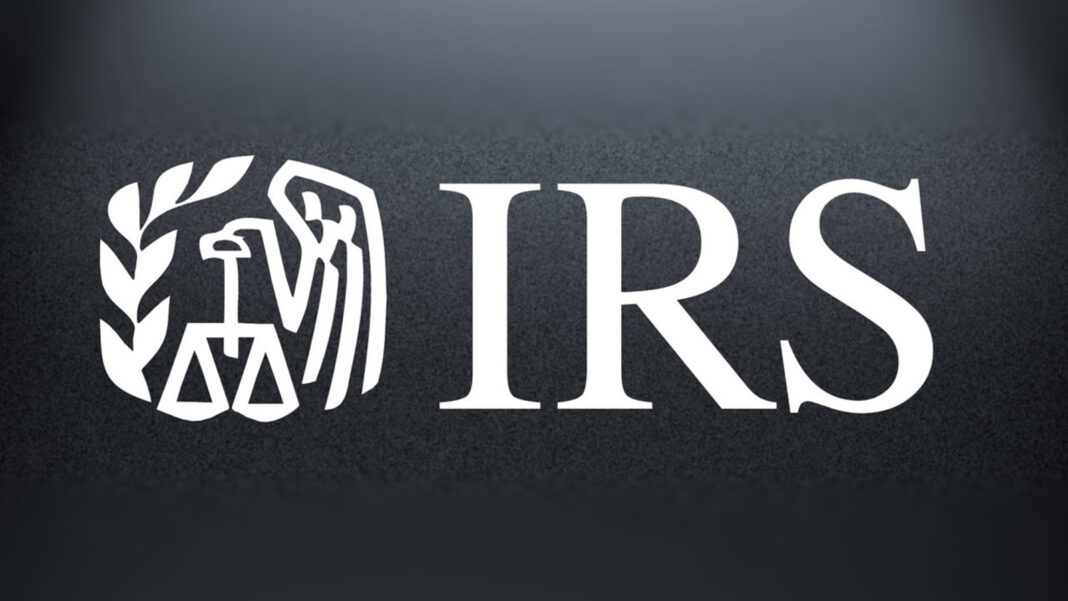Distributions from a retirement plan or ABLE account reduce the contribution amount used to figure the credit
Washington – The Internal Revenue Service reminds low- and moderate-income taxpayers that they can save for retirement now and possibly earn a special tax credit in 2024 and years ahead.
The Retirement Savings Contributions Credit, also known as the Saver’s Credit, helps offset part of the first $2,000 workers voluntarily contribute to Individual Retirement Arrangements (IRAs), 401(k) plans and similar workplace retirement programs. The credit also helps any eligible person with a disability who is the designated beneficiary of an Achieving a Better Life Experience (ABLE) account and makes a contribution to that account. For more information about ABLE accounts, see Publication 907, Tax Highlights for Persons With Disabilities.
The maximum Saver’s Credit is $1,000 ($2,000 for married couples). The credit can increase a taxpayer’s refund or reduce the tax owed but is affected by other deductions and credits. Distributions from a retirement plan or ABLE account reduce the contribution amount used to figure the credit.
Contribution deadlines
Individuals with IRAs have until April 15, 2024 – the due date for filing their 2023 return – to set up a new IRA or add money to an existing IRA for 2023. Both Roth and traditional IRAs qualify.
Individuals with workplace retirement plans still have time to make qualifying retirement contributions and get the Saver’s Credit on their 2023 tax return. Elective deferrals (contributions) to workplace retirement plans must be made by Dec. t31 to a:
- 401(k) plan.
- 403(b) plan for employees of public schools and certain tax-exempt organizations.
- Governmental 457 plan for state or local government employees.
- Thrift Savings Plan (TSP) for federal employees.
See the instructions to Form 8880, Credit for Qualified Retirement Savings Contributions, for a list of qualifying workplace retirement plans and additional details.
Eligibility
To be eligible, taxpayers must be 18 years of age and older, not claimed as a dependent and not a full-time student. The Saver’s Credit has income limits based on a taxpayer’s adjusted gross income and their marital or filing status.
2023 income limits are:
- Married couples filing jointly with adjusted gross incomes up to $73,000.
- Heads of household with adjusted gross incomes up to $54,750.
- Married individuals filing separately and singles with adjusted gross incomes up to $36,500.
Taxpayers can use the Interactive Tax Assistant tool for the Saver’s Credit to determine their eligibility.
Visit the Saver’s Credit page on IRS.gov to learn about rules, contribution rates and credit limits.
Other stories you may want to check out:








